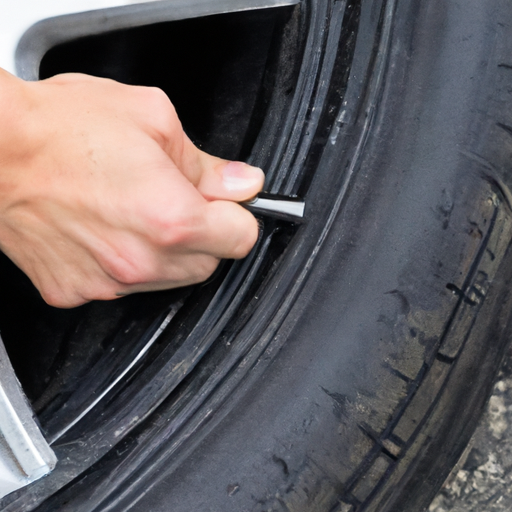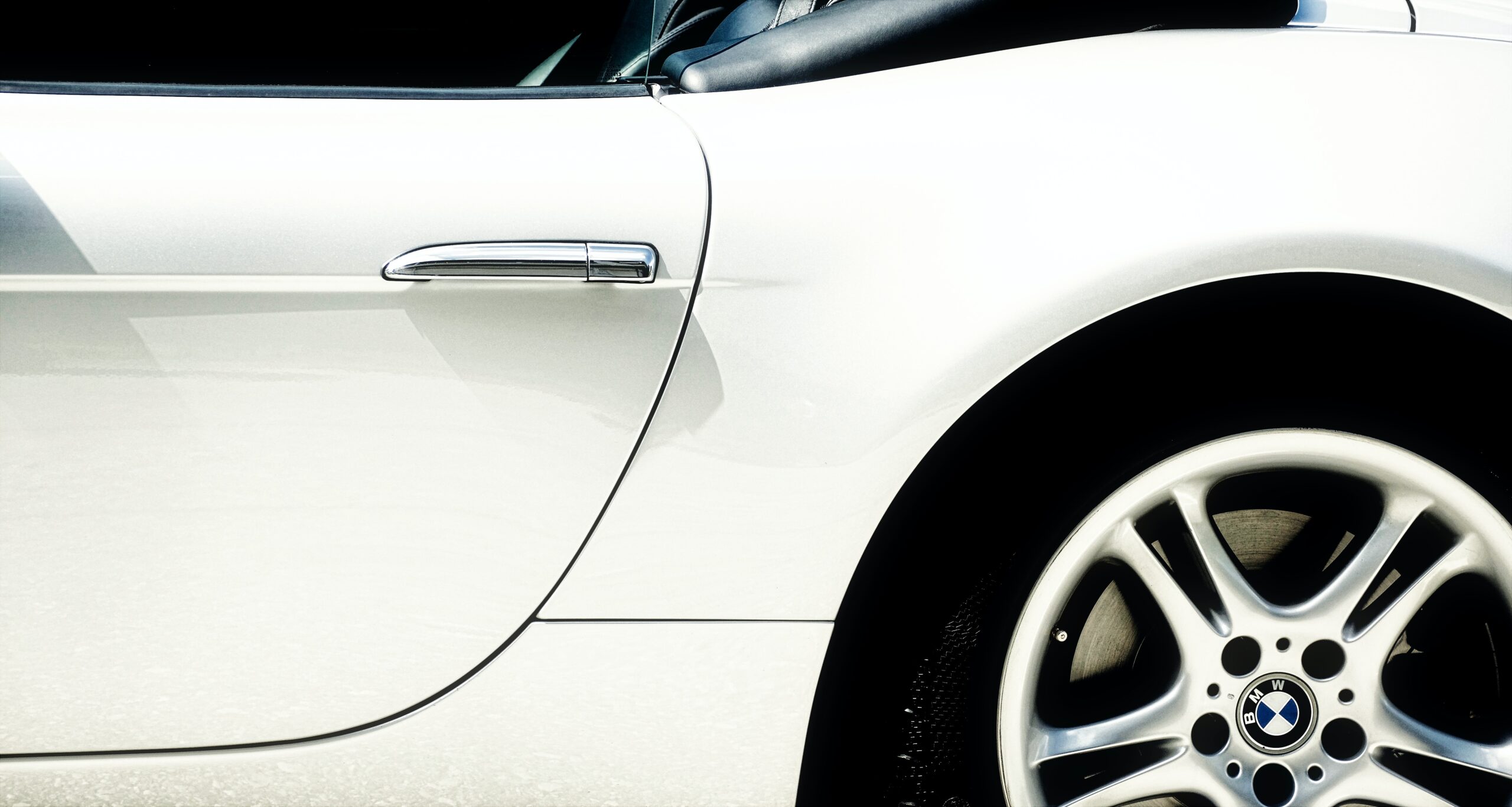It’s important to keep an eye on your tire pressure to ensure a safe and smooth ride. But how often should you actually check it? Well, the answer may vary depending on various factors. In this article, we will explore the recommended frequency for checking your tire pressure and highlight the importance of maintaining proper inflation levels to maximize performance and safety on the road. So, let’s dive in and find out the ideal interval for keeping your tires in top shape!
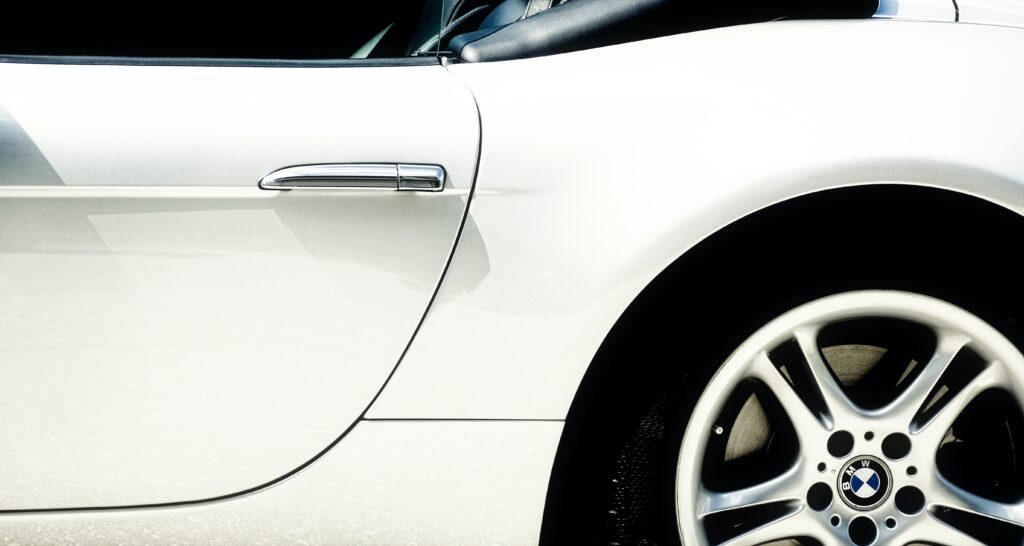
Factors Affecting Tire Pressure
External Temperature
The external temperature has a significant impact on the tire pressure. As the temperature changes, the air inside the tire expands or contracts, affecting the overall pressure. In cold weather, the tire pressure tends to decrease, while in hot weather, it increases. It is important to note that the air inside the tire expands by about 1 psi (pound per square inch) for every 10°F increase in temperature.
Driving Conditions
Different driving conditions can also affect tire pressure. For example, driving on rough or uneven terrain can cause the tire pressure to decrease faster than normal. On the other hand, frequent driving at high speeds can increase the tire pressure. It is crucial to keep track of these factors and adjust the tire pressure accordingly to maintain optimal performance.
Tire Age
Tire age is another factor that can affect tire pressure. Over time, tires can develop leaks or become less airtight, leading to gradual pressure loss. It is recommended to regularly inspect the tires for any signs of aging, such as cracks or bulges, and replace them if necessary. Older tires may also require more frequent pressure checks to ensure safety on the road.
Tire Type
Different tire types have different pressure requirements. For instance, performance tires often require higher pressure for better handling and responsiveness, while all-terrain tires may have lower pressure guidelines to enhance grip and comfort. It is important to refer to the tire manufacturer’s recommendations for the specific tire type being used in order to maintain the correct pressure.
Importance of Proper Tire Pressure
Safety
Maintaining proper tire pressure is crucial for safe driving. Underinflated tires can lead to decreased maneuverability, longer braking distances, and an increased risk of tire failure. On the other hand, overinflated tires can cause poor traction, reduced stability, and an increased likelihood of a blowout. By ensuring the tires are properly inflated, you can greatly reduce the risk of accidents and ensure the safety of yourself and others on the road.
Fuel Efficiency
Proper tire pressure has a direct impact on fuel efficiency. Underinflated tires create more rolling resistance, which means the engine has to work harder to move the vehicle, resulting in increased fuel consumption. On the other hand, overinflated tires can lead to excessive wear and decreased fuel efficiency. By maintaining the recommended tire pressure, you can optimize fuel efficiency and save money at the pump.
Tire Lifespan
Improper tire pressure can significantly shorten the lifespan of your tires. Underinflated tires cause the edges of the tread to wear out faster, while overinflated tires cause the center of the tread to wear out more quickly. By keeping the tires properly inflated, you can ensure even wear across the tread, prolonging the lifespan of the tires and saving you money in the long run.
Vehicle Performance
Proper tire pressure is essential for optimal vehicle performance. Underinflated tires can result in sluggish acceleration, reduced handling, and increased stopping distances. Overinflated tires, on the other hand, can lead to a harsh and uncomfortable ride. By maintaining the recommended tire pressure, you can maximize the performance and handling of your vehicle, ensuring a smooth and safe driving experience.
Recommended Tire Pressure
Vehicle Owner’s Manual
The first place to look for the recommended tire pressure is your vehicle owner’s manual. The manufacturer provides specific guidelines for tire pressure based on the vehicle’s make, model, and tire size. It is important to consult the owner’s manual to ensure you are inflating your tires to the correct pressure.
Tire Sidewall
The sidewall of the tire also provides valuable information regarding the recommended tire pressure. Look for a series of numbers and letters on the sidewall, such as “PSI” followed by a number. This number represents the maximum tire pressure allowed, not necessarily the recommended pressure. To find the recommended pressure, refer to the vehicle owner’s manual or the tire manufacturer’s recommendations.
Online Sources
There are numerous online sources that provide tire pressure information for various vehicle makes and models. These sources often aggregate data from manufacturers and provide general guidelines for tire pressure based on the specific vehicle. However, it is important to cross-reference this information with the vehicle owner’s manual to ensure accuracy.
Frequency of Tire Pressure Checks
General Guidelines
As a general rule, it is recommended to check tire pressure at least once a month. This regular check allows you to detect any significant changes in pressure and address them promptly. However, certain factors may warrant more frequent checks, such as extreme weather conditions, long trips, or driving on rough terrain.
Monthly Checks
Monthly checks provide a good baseline for maintaining proper tire pressure. Set a specific date each month to inspect the tire pressure and make any necessary adjustments. This routine practice can help identify any slow leaks or changes in pressure caused by external factors.
Seasonal Changes
Seasonal changes can have a significant impact on tire pressure. As mentioned earlier, colder temperatures cause the tire pressure to drop, while hotter temperatures cause it to rise. Therefore, it is advisable to check the tire pressure more frequently during extreme weather seasons, such as winter and summer, to ensure optimal performance and safety.
Before Long Trips
Before embarking on a long trip, it is vital to check the tire pressure to avoid any unforeseen issues on the road. Long trips can place additional stress on the tires, and the increase in temperature due to extended driving can affect tire pressure. Performing a tire pressure check before long trips can help prevent any potential problems and ensure a smooth and safe journey.
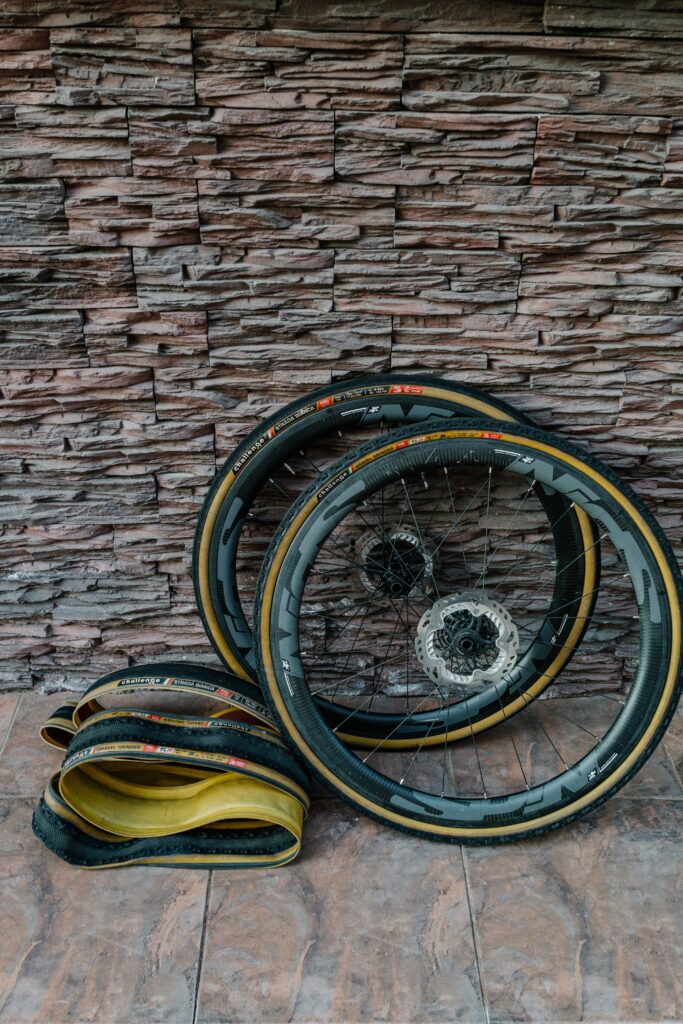
Signs of Low Tire Pressure
Change in Handling
One of the first signs of low tire pressure is a change in the vehicle’s handling. Underinflated tires can cause the vehicle to feel sluggish or unresponsive during acceleration or cornering. If you notice a significant change in how your vehicle handles, it may be an indication of low tire pressure.
Warning Light
Most modern vehicles are equipped with a tire pressure monitoring system (TPMS) that alerts you when the tire pressure is low. If the TPMS warning light illuminates on your dashboard, it is important to check the tire pressure as soon as possible and inflate the tires to the recommended level.
Visual Inspection
Performing a visual inspection of the tires can also help identify low tire pressure. Look for any noticeable changes in the tire’s shape or bulges, which may indicate significant pressure loss. Additionally, examine the tread wear patterns as uneven wear can be a sign of improper tire pressure.
Checking Tire Pressure
Tire Pressure Gauge
To check the tire pressure accurately, you will need a tire pressure gauge. There are various types of gauges available, including digital gauges and pencil gauges. Regardless of the type, it is essential to choose a reliable and accurate gauge to ensure precise readings.
Best Time to Check
The ideal time to check the tire pressure is when the tires are cold. Cold tires refer to tires that have not been driven for at least three hours or have traveled less than a mile at low speed. When the tires are cold, they provide a more accurate reading of the actual tire pressure.
Proper Technique
To check the tire pressure, remove the valve cap and firmly press the gauge onto the valve stem. Ensure a tight seal and wait for the gauge to provide a reading. Repeat the process for each tire and note the readings. If the pressure is below the recommended level, add air until the proper pressure is reached.

Inflating Tires
Finding Recommended PSI
The recommended PSI (pounds per square inch) for your tires can be found in the vehicle owner’s manual or on the tire sidewall. It is important to note that the sidewall PSI represents the maximum pressure the tire can handle, while the recommended PSI is the optimal pressure for normal driving conditions.
Air Pump Usage
To inflate the tires, you will need an air pump. Most gas stations have air pumps available, and some even offer digital displays that allow you to adjust the pressure accurately. Connect the air hose to the valve stem and add air in short bursts, checking the pressure frequently to avoid overinflating the tires.
Avoid Overinflation
Overinflating your tires can be just as detrimental as underinflating them. Excessive pressure can cause the tire to wear unevenly, reduce traction, and negatively impact the ride comfort. It is crucial to refer to the recommended PSI and avoid going above that level. Regular pressure checks will help prevent overinflation.
Maintaining Tire Pressure
Monitoring Pressure
Maintaining proper tire pressure is an ongoing task. Make it a habit to regularly check the tire pressure, following the recommended guidelines discussed earlier. Additionally, keep an eye out for any signs of pressure loss, such as a gradual decrease in pressure or recurring low tire pressure warnings from the TPMS.
Tire Rotation
Regular tire rotation is essential for maintaining even wear across all tires. Uneven wear can lead to changes in tire pressure and affect the overall performance of the vehicle. Consult the vehicle owner’s manual or a trusted mechanic to determine the recommended tire rotation interval for your specific vehicle.
Proper Valve Caps
Valve caps may seem like a small detail, but they play an important role in maintaining tire pressure. The valve caps act as a safeguard against dirt, moisture, and debris entering the valve stem, which can lead to leaks. Ensure that the valve caps are properly tightened and in good condition to prevent pressure loss.
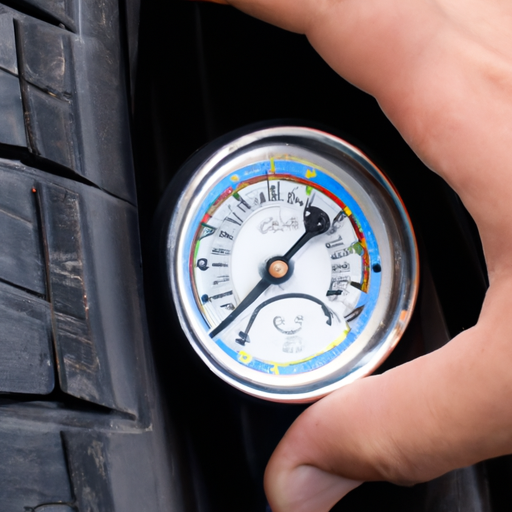
Additional Tips
Checking Spare Tire
While it is easy to overlook the spare tire, it is essential to regularly check its pressure as well. A properly inflated spare tire can be a lifesaver in case of a flat tire on the road. Include the spare tire in your monthly pressure checks and make sure it is properly inflated and in good condition.
Monitoring Tire Wear
In addition to monitoring tire pressure, it is important to keep an eye on tire wear. Uneven tread wear can indicate improper tire pressure, wheel misalignment, or other mechanical issues. If you notice any irregularities in tire wear, it is advisable to have your vehicle inspected by a professional mechanic.
Professional Assistance
If you are unsure about checking or inflating your tires, or if you suspect any underlying issues, it is best to seek professional assistance. A qualified mechanic can provide expert advice, perform a thorough inspection, and help address any tire-related concerns.
Conclusion
Maintaining proper tire pressure is essential for your safety, vehicle performance, fuel efficiency, and tire lifespan. Factors such as external temperature, driving conditions, tire age, and tire type all play a role in affecting tire pressure. By following the recommended guidelines for tire pressure checks, using accurate tire pressure gauges, and inflating the tires correctly, you can ensure optimal performance and prolong the life of your tires. Regular monitoring of tire pressure, tire rotation, and attention to tire wear and maintenance are integral in keeping your vehicle safe and efficient on the road. Remember, a little effort in maintaining proper tire pressure goes a long way in ensuring your driving experience is smooth, safe, and cost-effective.
